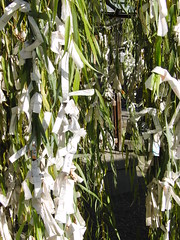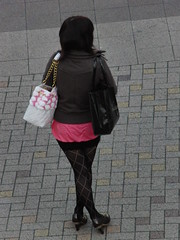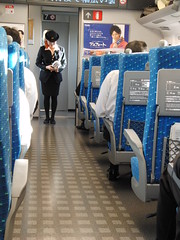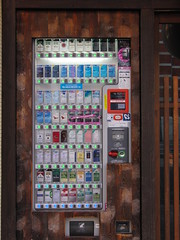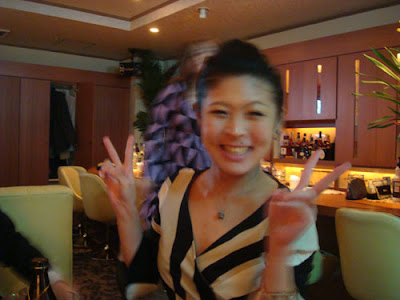Thank you to Daniel for this poem. The author would appreciate any comments on his work in the comments section below, please.
Japanvisitor welcomes any submissions related to Japan: photographs, travel stories, poems etc.
1. Heaven, may I be a Yurikamome amid
Chrysanthemum flowers at Gion Matsori?
High over Yasaka, show me a bird’s eye view of
Kannon, the god of mercy Bosatsu.
2. Eleven faces has Ju-ichimen; see them in
The hondo of 33 bays at Rengeo-in.
Kiyomizu Dera, inspired by Enchin.
Let me ride on the wind like gails of Fujiin.
3. Before I pass on I aim to seek
33 disguises peek by peek.
Their piercing crystal eyes passed the test of time.
May I find a thousand Zen gods sublime
4. Serenade me, Kinnara, your sweet lullaby. Watch me
Senju-kannon, in your every palm an eye.
Forty palms and forty eyes glean twenty-five worlds; in mine behold!
Let there be maikos and moribana to the sound of koto chords.
5. Let me have tea with Sen Rikyu
In a mizuchaya swaddled in royal gagaku.
Moribana is the abundant flower
Gracing the fields of Ninomaru.
6. Take me down to Sunset Horai-Jima,
Up Tetsu Gaku no Michi way.
I’ll find wisdom in the halls of Kitano;
Wa Kei Sei Jaku will make it plain.
7. And if through heaven’s door should be my fate,
Carry me right on past those pearly gates…
To Shinto shrines and solemn Buddhist temples and
The embrace of jolly prosperous bald men with dimples.
8. Let me gain solace at castle Nijo;
Fusuma and byobu in Kano and Okyo.
Hurah! huran is my daily matsuri at
Golden pavilions with games of archery.
9. See me fly like a magic arrow from Sanjusangendo.
From the roof, from the belfry hiwada no shoro.
Hanami tops will break my fall, I’ll laugh like rakugo.
My portrait will be taken by a Maruyam’ Okyo.
10. Lotus flowers and ashes of saito goma;
Yellow ginko leaves and toots of biwa.
Amber rooms and beats of drums taiko make
Complete my inner Yoshiwara of Edo.
Daniel Bruno Sanz
Kyoto 2009
© Daniel Bruno Sanz & JapanVisitor.com
Yahoo Japan Auction ServiceBook a Japanese Hotel with BookingsJapanese FriendsJapan Job SearchTokyo ViceTagsSanjusangendo Kyoto




